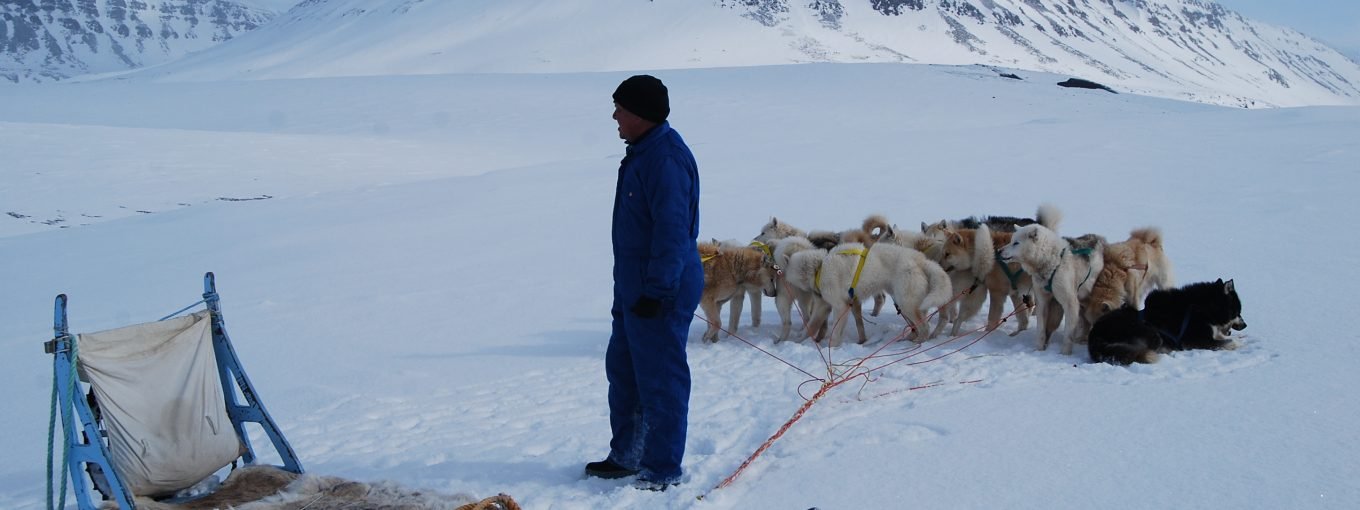The global importance of Arctic research means interaction with national and international stakeholders is essential. The projects in the Changing Arctic Ocean Programme communicate the most important scientific findings and outcomes from their work to these stakeholders. This will ultimately benefit evidence-based decision and policy making.
A searchable list of stakeholders and collaborators is available in Arctic links.
-
PETRA
The overall aim of PETRA is to investigate the role of (multiple) stressors for future trace gas (i.e. N2O, CH4, DMS and CO) cycling in the Arctic Ocean. This project will provide unique insight into the dependence of Arctic Ocean trace gas cycling on three environmental stressors (high temperature, Ocean Acidification and high UV-light). The legacy of PETRA will benefit a number of stakeholders and academic communities.
More Info -
MiMeMo
The aim of MiMeMo is to deliver balanced and objective insights and stories emerging from our science which, first and foremost, are relevant and useful to the people that live in the Arctic and its surrounding countries. We aim to reach these audiences through collaboration with the Conservation of Arctic Fauna and Flora (CAFF) Working Group of the Arctic Council, and by contributing to NERC’s participation in the Arctic Circle Assembly.
More Info -
Micro-ARC
We have assembled a multidisciplinary UK/German team to address the NERC/BMBF Arctic. The team has a renowned track record of pioneering research concerning the structure and function of pelagic marine ecosystems, including extensive research in the Arctic.
More Info -
LOMVIA
Project LOMVIA is multi-disciplinary in nature and its findings will be of interest to a wide range of stakeholders and scientists in many academic fields. We will achieve wider impacts across a broad sector of society using a variety of approaches.
More Info -
PEANUTS
The aim of the PEANUTS project is to improve understanding of how changing ice and ocean conditions may drive more vertical fluxes of nitrates into the surface sunlit zone and so promote photosynthesis and primary production. The outcomes from this project will be of interest to a diverse range of stakeholders.
More Info -
EISPAC
Project EISPAC is based on the need to assess the global reach and distribution pathways of current-use/emerging chemical contaminants – many of which have significant commercial value but are present as background contaminants in the Arctic. There are several specific end-users who will benefit from this research.
More Info -
Eco-Light
Project Eco-Light has the possibility to bring about a step change in our understanding of the climate induced changes taking place in the Arctic ecosystem. Enhanced knowledge of the Arctic marine environment has a high socio-economic impact. Consequently ultimate beneficiary of this work will be the academic community, communities around the Arctic, Industry, governments and policy makers.
More Info -
Diatom-ARCTIC
Diatom-ARCTIC aims to make a major impact on the state of the science for the prediction of biodiversity and productivity in the Arctic Ocean. We are committed to contributing our experiences during the course of our project to a broad range of international interests via International Arctic Science Committee (IASC).
More Info -
Coldfish
The main impact of the Coldfish project will be provision of information to assist fishery management. This will be achieved through close collaboration with partner organisation the Norwegian Institute of Marine Research, particularly through the TIBIA (Trophic Interactions in Barents Ecosystems) programme.
More Info -
CACOON
CACOON will quantify the effect of changing freshwater export and terrestrial permafrost thaw on the type and fate of riverborne organic matter (OM) delivered to arctic coastal waters, and resultant changes on ecosystem functioning in the coastal Arctic Ocean (AO). The results will be of benefit to a broad range of academic and industry users.
More Info -
APEAR
This project brings together leading researchers from the UK and Germany, with the partnership from the Sweden. The key practical outcome from the project will be future projections of the changes in the Arctic ecosystems during the 21st century.
More Info -
CHASE
CHASE addresses many international Arctic research priorities as outlined in the EU-PolarNet and the 2015 ICARP III reports. These call for better understanding of Arctic ecosystems and specifically their responses and resilience to anthropogenic impacts whilst encouraging cross-cutting science and international collaboration.
More Info -
DIAPOD
The key scientific outputs from the DIAPOD project are of direct relevance to stakeholders with an interest in Arctic ecosystems.
More Info -
ChAOS
The key scientific outputs from the ChAOS project are of direct relevance to stakeholders with an interest in Arctic marine ecology and multiple uses of the benthic environment.
More Info -
ARISE
The key scientific outputs from the ARISE project are of direct relevance to stakeholders with an interest in Arctic marine ecology and ecosystems.
More Info -
Arctic PRIZE
The key scientific outputs from the Arctic PRIZE project are of direct relevance to stakeholders with an interest in Arctic ecosystems, in particular process studies and model development.
More Info








